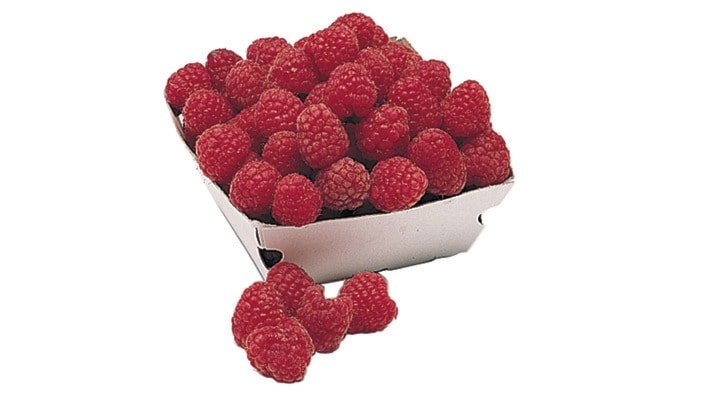Tired of constant pruning?
Consider planting dwarf trees and shrubs which are continually being developed. Look for the words ‘compacta,’ dwarf or slow-growing.
This is a list of a few such plants: daphne, juniper, barberry, mountain ash, numerous conifers, red twig dogwood, oakleaf hydrangea, dwarf compact roses (2-3 ft.), butterfly bush, Korean lilac, mock orange, forsythia, and many others.
When shopping be sure to look at the expected size of the plant. It seems that in the Lower Mainland one can add some extra height to that.
I also recommend talking to greenhouse staff or someone who knows the specific plant you would like to purchase.
We purchased a ‘compact’ magnolia called ‘Susan’ who was supposed to grow to 8 feet.
Compared to our 80 ft. cedar she is shorter, but she grows at least 4 ft. every year, so we’re not sure how tall Susan would be if we hadn’t drastically pruned every year.
Questions and Answers
Some gardening articles suggest using organic fertilizers. What are they?
Organic fertilizers are derived from living things, plants and animals.
They depend on microorganisms found in the soil to break them down and release the essential nutrients needed for growth.
Examples of organic fertilizers are; garden compost, blood meal, bone meal, manure, seaweed, fish extract.
Chemical fertilizers are made synthetically from inorganic materials and can include ammonium sulphate, ammonium phosphate, ammonium nitrate, urea, etc.
A purchased product such as ‘Miracle Grow’ will have a specific amount of nitrogen, phosphorous and potassium necessary for plant growth.
Organic fertilizers will also contain those nutrients but in unequal proportions so that they may be rich in one or weak in all three.
They may not sustain the rapid and lush growth required for the growing season of vegetables, fruits and flowers.
Several pounds of organic fertilizer is required to produce the same results as using a chemical product. This is one reason organic produce is more costly.
There is an on-going debate regarding the taste of produce grown with organic or inorganic fertilizers. Something one has to decide for oneself.
The downside to chemical fertilizers is that several have higher acid and salt content. These unwanted additions can cause destruction of the nitrogen-fixing bacteria needed to supply nitrogen to the plants.
If growing plants in pots be sure to allow good drainage to flush out the unwanted contents.
The ideal growing situation is to start with some organic compost in the soil and add chemical fertilizer as needed.
Our raspberries have declined since my husband no longer tends them. How can I grow large berries like we used to enjoy?
Since you also commented that you haven’t done anything to them for 2 years there is some catching up to do.
If possible remove the old canes from last year without disturbing the new canes. This would be normally done in the winter or early spring.
Composted manure should be applied in early spring plus some dolomite lime.
If you are going to apply it now place it near the canes, but not touching.
Since you had good production previously you must have them in the proper location of sun and good drainage.
If the canes appear to be all green growth and no flowers/fruit, a commercial inorganic fertilizer of high-potash and phosphorus may be needed to supplement the nitrogen in the manure.
Raspberries do not like to dry out, so a drip irrigation is ideal during dry weather.
This care plan should give you a berry like you remember. Enjoy!
Our neighbour has a black walnut tree that extends over our yard. What will thrive under it? I have tried a few plants to no success.
The leaves, roots, nuts, shells and buds of the black walnut produce juglone, a respiratory inhibitor in some plants.
This mechanism is called ‘allelopathy’ when toxicity from one plant inhibits the growth of another (Sunflowers are another example).
The poisonous zone extends about 20-30 meters from the trunk of a mature tree, far beyond its canopy. Your yard would be in that toxic area.
To help reduce the amount of juglone released, regularly tidy any tree debris, but do not compost it.
To encourage beneficial soil microbes that neutralize toxins add compost, leaf mould and manure to your yard.
The following plants are juglone tolerant: Japanese maple, Eastern redbud, yew, arborvitae, Canadian hemlock, forsythia, euonymus, black-eyed susan, hosta, cinnamon fern, impatiens, lily-of-the-valley, ribbon grass, Kentucky bluegrass, echinacea, creeping jenny, wild ginger, huechera and astilbe.
This is only a small sample of tolerant plants but gives a choice for sun or shade growing conditions.
Vegetables would grow better in raised beds filled with proper soil outside the walnut’s canopy.
• Please continue to send questions to news@ahobserver.com.
